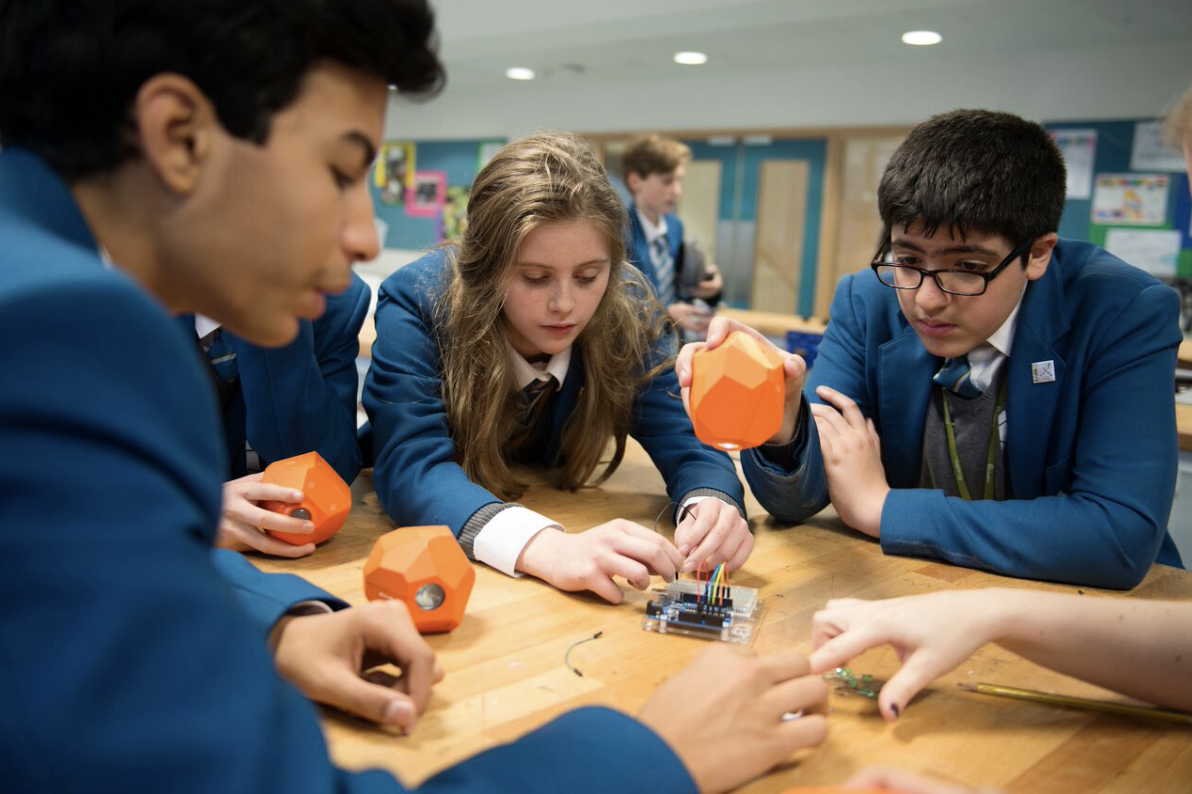
Engineering
The aim of the Engineering curriculum is to develop technical and creative confidence in all of our students.
The vision for Engineering at The UCL Academy is to foster a true 21st Century subject which focuses on real world problem solving and creativity both as an individual and through collaboration – for all. Schools should be part of the solution to fulfil the national deficit of engineers and it has become clear that traditional Design and Technology (D&T) has some limitations towards this. The subject of Engineering comprises the most technical end of the D&T curriculum (such as Materials, CADCAM / Digital Engineering, Electronics, Systems & Control) and a range of tools from Tri-Squares to 3D Printers and is delivered through a range of largely humanitarian themed projects which put the ‘End User’ at the centre of the process.
Nationally, industry is short of engineers across almost all disciplines, largely due to a lack of diversity. We are conscious that engineering is typically marketed to a narrow range of society and we aim to represent the subject in the best way possible. This is especially important when you are teaching half a cohort at one time, as you have a ‘captive’ audience who are as diverse as the borough of Camden itself.

Key Stage 3
Lower school projects include humanitarian themes such as the anaerobic digester project, the Camden Highline project, Smart Greenhouse and others in development. Research (by the iMechE – Institute of Mechanical Engineers) shows these types of themes engage girls more compared with archetypes such as automotive projects, aerospace projects etc.
Key Stage 4
For Years 10-11, we currently offer AQA GCSE Engineering and OCR Cambridge National in Engineering Design. We typically recruit approx 80 students. Our digital design, CNC manufacturing and technical approach to making is one of our strengths. This means using computers to design objects in 3D using Autodesk Fusion 360 software. CNC manufacturing means creating those designs or parts of them using specialist CNC (computer numerically controlled) equipment. This is a key difference to KS3.
Key Stage 5
For Years 12-13, we currently offer OCR A Level in Design Engineering . We recruit 20 to 30 students each year, typically with an even gender split. This is due to our work at KS3 and KS4. A Level work is focused around much more open briefs where students make more decisions.
Curriculum Map
Please scroll down to view the relevant faculty and page.
Exam Specifications
GCSE AQA (8852) – Click here to see the specifications
Cambridge National OCR Engineering Design (J822) – Click here to see the specifications
A Level OCR Design Engineering (H404—H406) – Click here to see the specifications.

Header photo by ThisisEngineering RAEng on Unsplash

